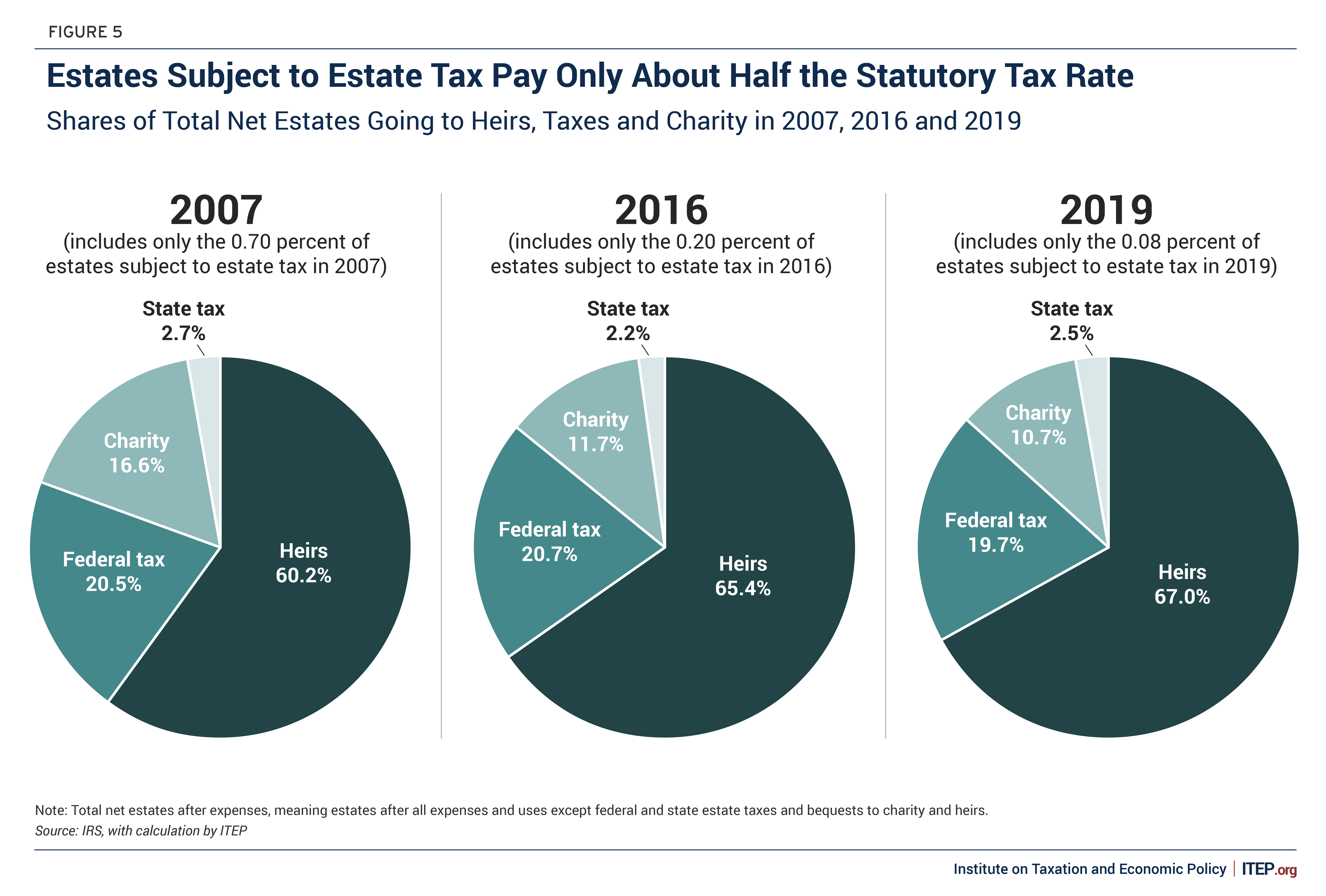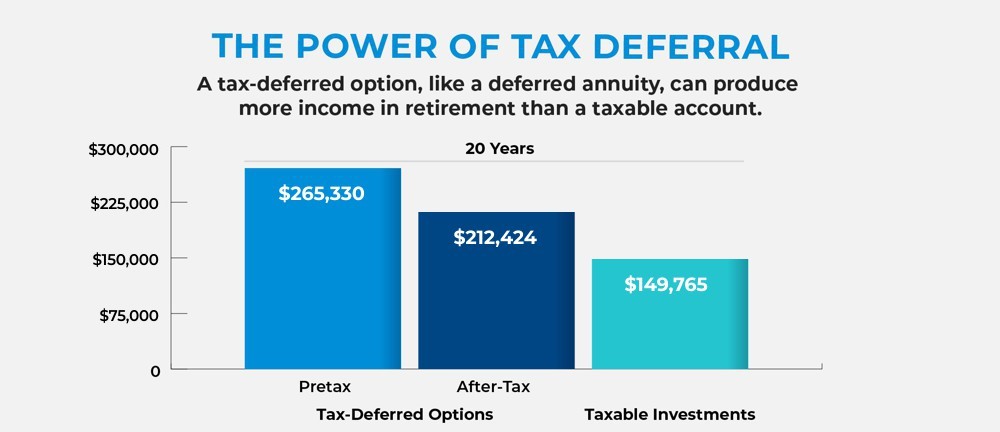All Categories
Featured
Table of Contents
This five-year basic policy and 2 following exceptions apply only when the proprietor's fatality causes the payment. Annuitant-driven payouts are reviewed listed below. The very first exemption to the basic five-year guideline for individual recipients is to approve the fatality benefit over a longer duration, not to exceed the expected life time of the beneficiary.
If the recipient elects to take the death advantages in this technique, the benefits are exhausted like any kind of other annuity repayments: partly as tax-free return of principal and partly taxed income. The exclusion proportion is found by utilizing the departed contractholder's expense basis and the expected payouts based upon the beneficiary's life span (of much shorter duration, if that is what the beneficiary chooses).
In this approach, sometimes called a "stretch annuity", the beneficiary takes a withdrawal each year-- the needed amount of annually's withdrawal is based on the same tables used to determine the needed circulations from an IRA. There are 2 advantages to this approach. One, the account is not annuitized so the beneficiary retains control over the cash worth in the contract.
The second exception to the five-year policy is readily available just to a surviving spouse. If the assigned recipient is the contractholder's spouse, the partner may elect to "enter the footwear" of the decedent. Essentially, the spouse is dealt with as if he or she were the proprietor of the annuity from its inception.
Do you pay taxes on inherited Annuity Contracts
Please note this applies only if the partner is called as a "designated recipient"; it is not offered, as an example, if a count on is the recipient and the partner is the trustee. The basic five-year rule and the 2 exceptions only put on owner-driven annuities, not annuitant-driven agreements. Annuitant-driven agreements will certainly pay death advantages when the annuitant dies.

For purposes of this conversation, assume that the annuitant and the proprietor are different - Annuity income. If the contract is annuitant-driven and the annuitant dies, the death triggers the survivor benefit and the recipient has 60 days to choose how to take the fatality advantages based on the regards to the annuity contract
Note that the choice of a spouse to "step right into the shoes" of the proprietor will certainly not be offered-- that exemption uses only when the owner has actually died however the proprietor didn't pass away in the circumstances, the annuitant did. If the recipient is under age 59, the "death" exception to stay clear of the 10% charge will not apply to an early distribution once again, since that is offered just on the fatality of the contractholder (not the fatality of the annuitant).
Lots of annuity business have interior underwriting plans that refuse to provide contracts that name a various owner and annuitant. (There may be weird scenarios in which an annuitant-driven contract satisfies a customers distinct requirements, yet typically the tax obligation negative aspects will certainly outweigh the benefits - Annuity death benefits.) Jointly-owned annuities might position similar issues-- or at least they might not serve the estate preparation function that jointly-held possessions do
Consequently, the death benefits should be paid out within five years of the initial owner's death, or based on the two exceptions (annuitization or spousal continuation). If an annuity is held jointly between a couple it would appear that if one were to die, the various other could simply continue possession under the spousal continuation exception.
Assume that the other half and other half named their child as recipient of their jointly-owned annuity. Upon the death of either proprietor, the company has to pay the fatality benefits to the kid, who is the beneficiary, not the enduring spouse and this would probably defeat the proprietor's purposes. At a minimum, this example explains the complexity and unpredictability that jointly-held annuities pose.
Immediate Annuities and beneficiary tax considerations
D-Man wrote: Mon May 20, 2024 3:50 pm Alan S. wrote: Mon May 20, 2024 2:31 pm D-Man created: Mon May 20, 2024 1:36 pm Thank you. Was really hoping there might be a device like establishing up a beneficiary IRA, but appears like they is not the case when the estate is arrangement as a beneficiary.

That does not identify the type of account holding the acquired annuity. If the annuity was in an acquired individual retirement account annuity, you as executor must have the ability to designate the inherited IRA annuities out of the estate to acquired Individual retirement accounts for every estate recipient. This transfer is not a taxable event.
Any type of circulations made from inherited IRAs after project are taxable to the recipient that received them at their ordinary earnings tax obligation price for the year of distributions. However if the acquired annuities were not in an IRA at her death, after that there is no chance to do a direct rollover right into an acquired IRA for either the estate or the estate recipients.
If that happens, you can still pass the circulation through the estate to the individual estate beneficiaries. The tax return for the estate (Kind 1041) might consist of Form K-1, passing the revenue from the estate to the estate recipients to be taxed at their individual tax obligation rates as opposed to the much greater estate earnings tax rates.
Is there tax on inherited Annuity Cash Value

: We will create a strategy that includes the most effective products and features, such as enhanced fatality advantages, premium incentives, and permanent life insurance.: Receive a personalized technique created to maximize your estate's value and lessen tax liabilities.: Carry out the picked technique and obtain continuous support.: We will certainly assist you with establishing the annuities and life insurance policies, providing continual advice to guarantee the strategy remains reliable.
Should the inheritance be regarded as an income connected to a decedent, then tax obligations might apply. Typically speaking, no. With exemption to pension (such as a 401(k), 403(b), or IRA), life insurance policy proceeds, and savings bond passion, the beneficiary normally will not need to bear any earnings tax on their acquired wealth.
The quantity one can acquire from a depend on without paying tax obligations relies on various variables. The federal inheritance tax exception (Retirement annuities) in the United States is $13.61 million for individuals and $27.2 million for wedded pairs in 2024. Private states might have their very own estate tax regulations. It is advisable to speak with a tax specialist for exact information on this issue.

His goal is to streamline retirement planning and insurance policy, guaranteeing that clients understand their options and secure the most effective insurance coverage at unsurpassable prices. Shawn is the founder of The Annuity Specialist, an independent on the internet insurance policy agency servicing consumers across the USA. Via this platform, he and his team goal to remove the uncertainty in retired life preparation by aiding people find the very best insurance policy coverage at the most competitive prices.
Table of Contents
Latest Posts
Analyzing Variable Vs Fixed Annuities A Comprehensive Guide to Fixed Annuity Or Variable Annuity Defining Retirement Income Fixed Vs Variable Annuity Advantages and Disadvantages of Different Retireme
Analyzing Pros And Cons Of Fixed Annuity And Variable Annuity A Closer Look at How Retirement Planning Works What Is Fixed Vs Variable Annuity Pros And Cons? Benefits of Tax Benefits Of Fixed Vs Varia
Exploring the Basics of Retirement Options A Closer Look at How Retirement Planning Works What Is the Best Retirement Option? Advantages and Disadvantages of Different Retirement Plans Why Tax Benefit
More
Latest Posts